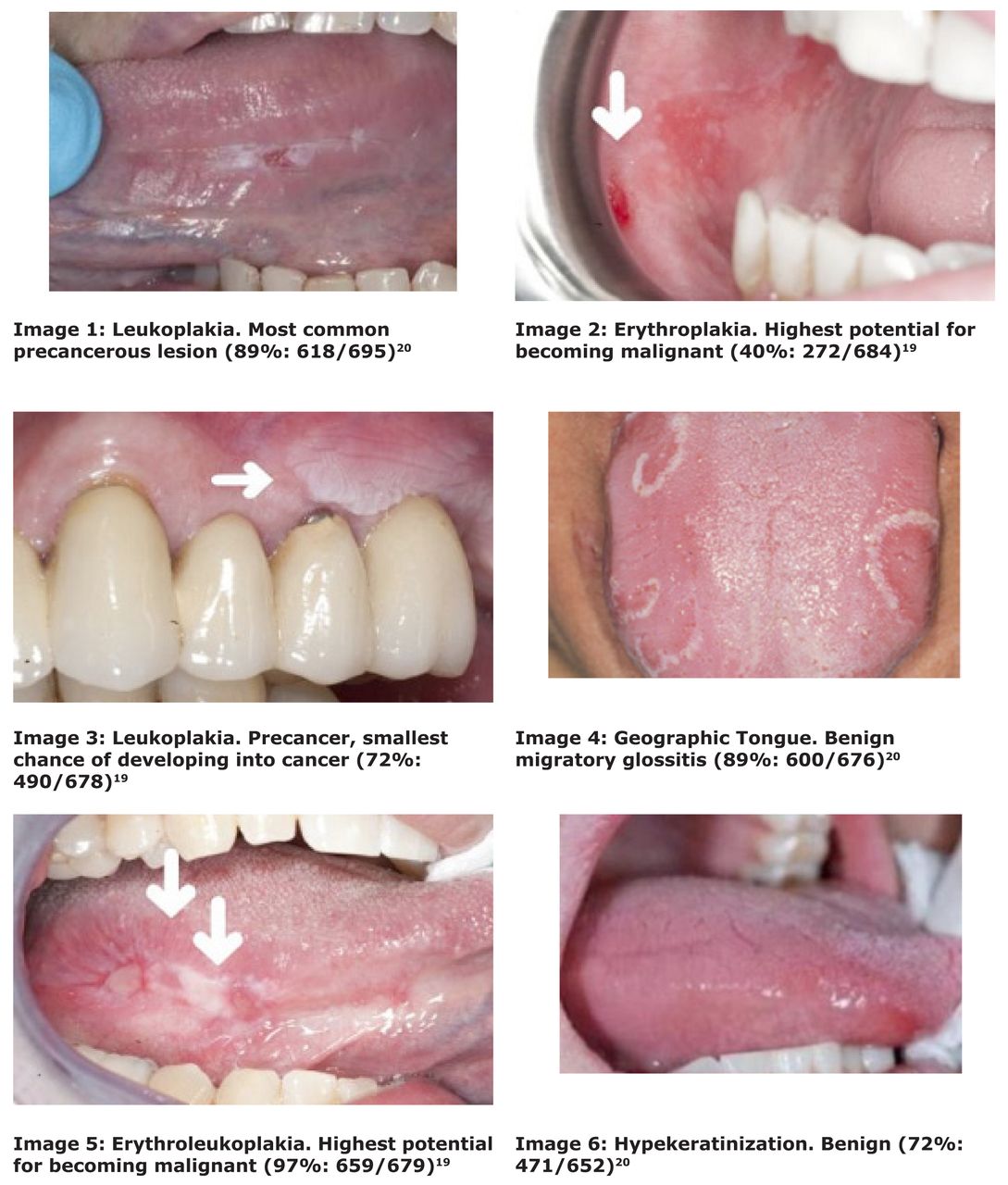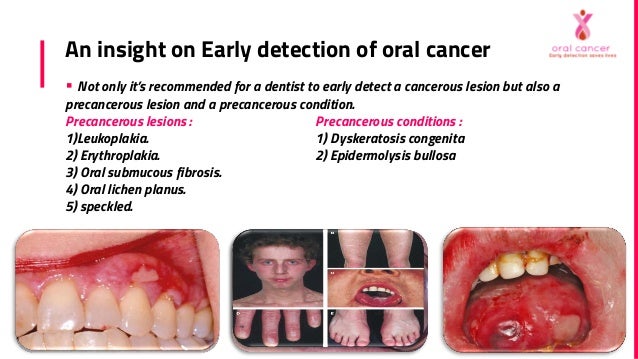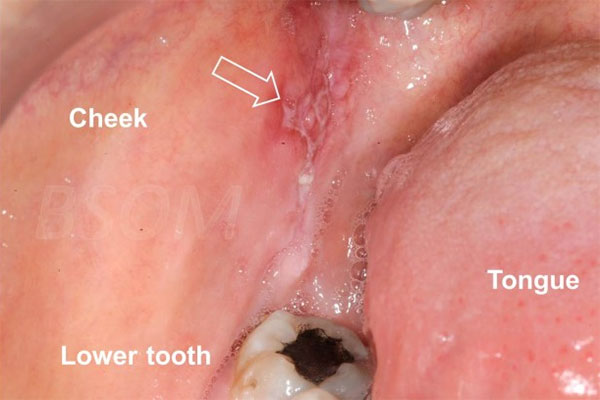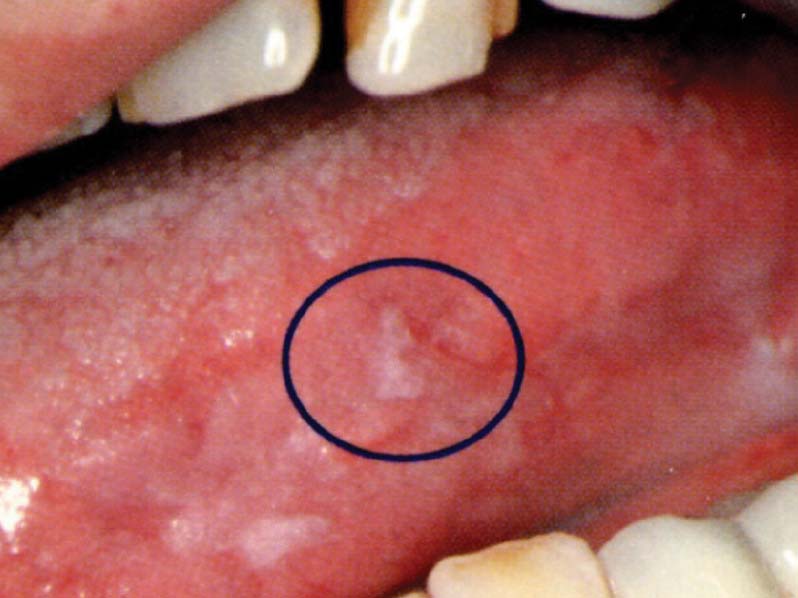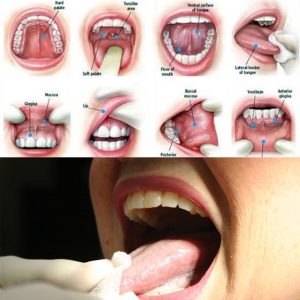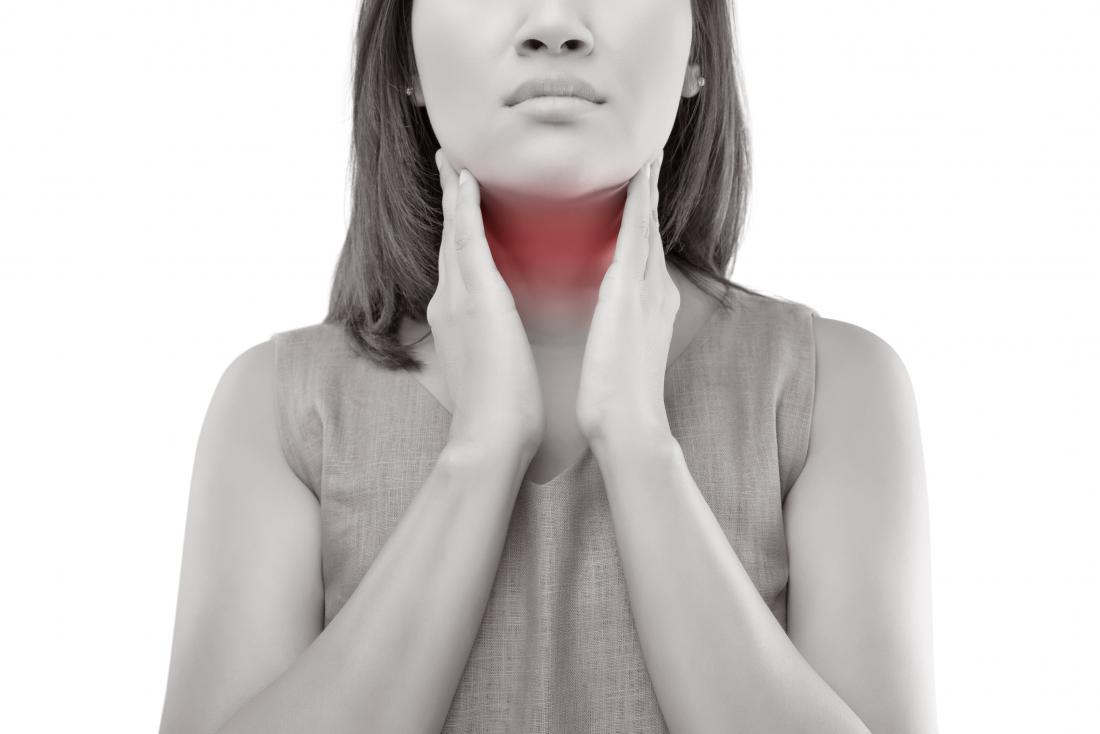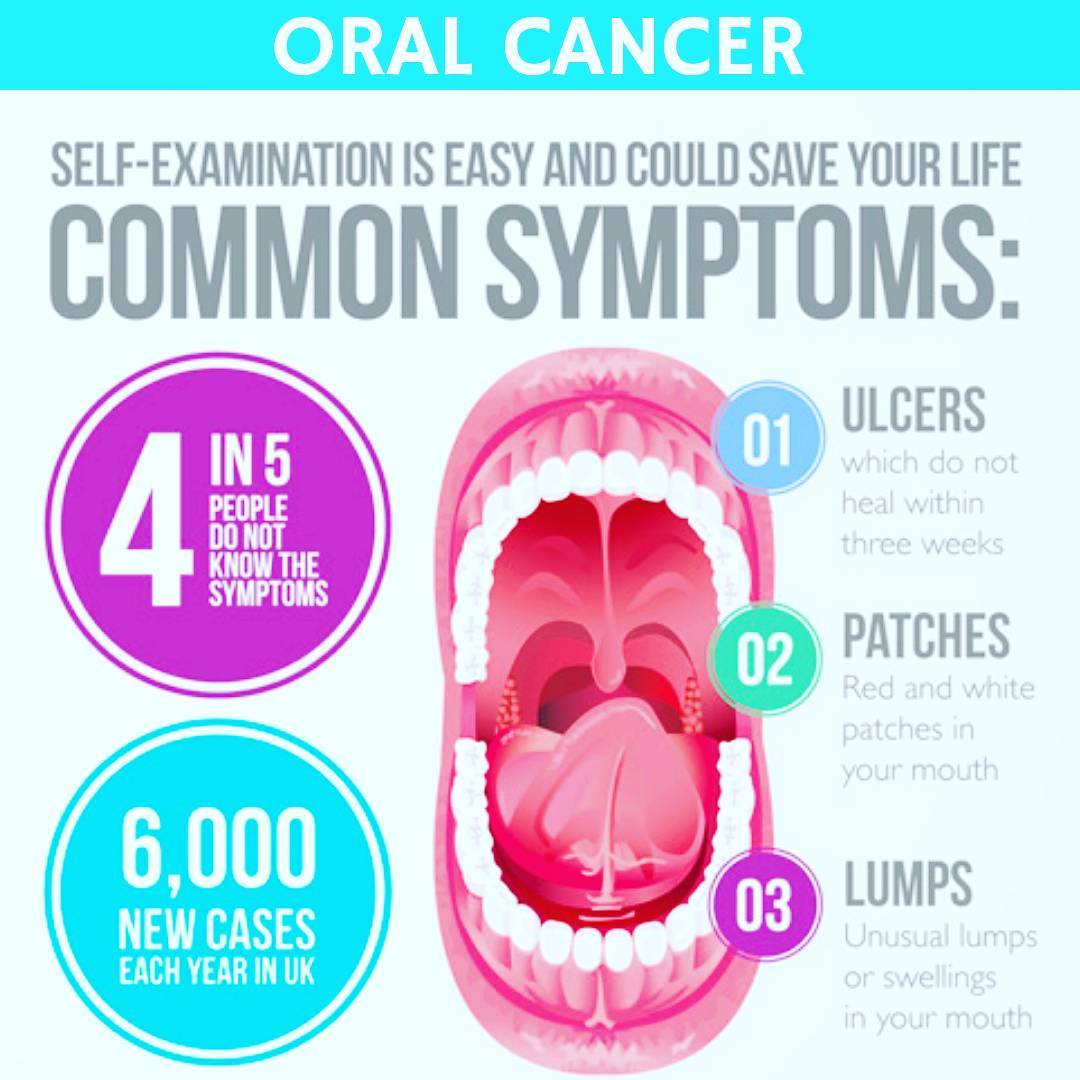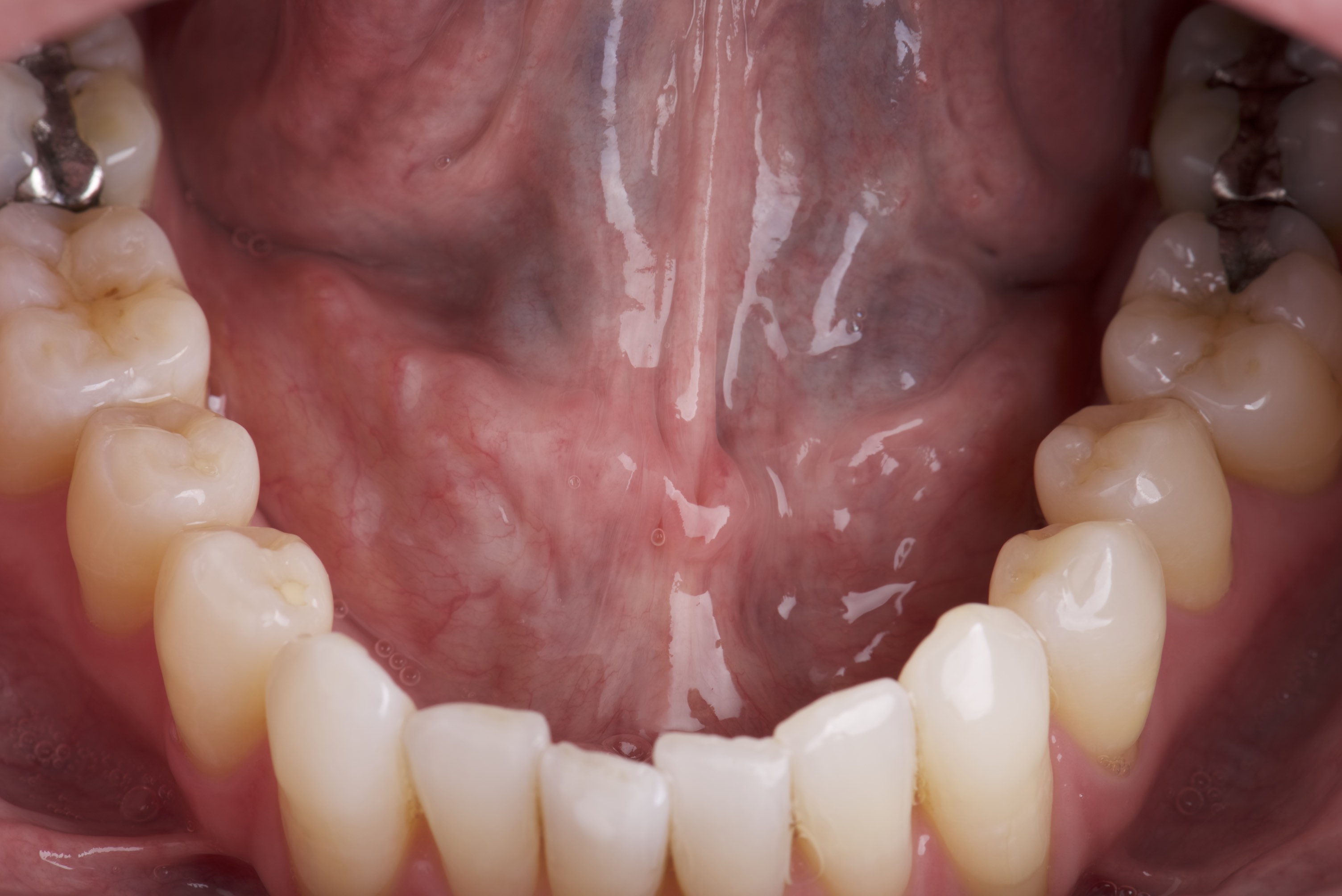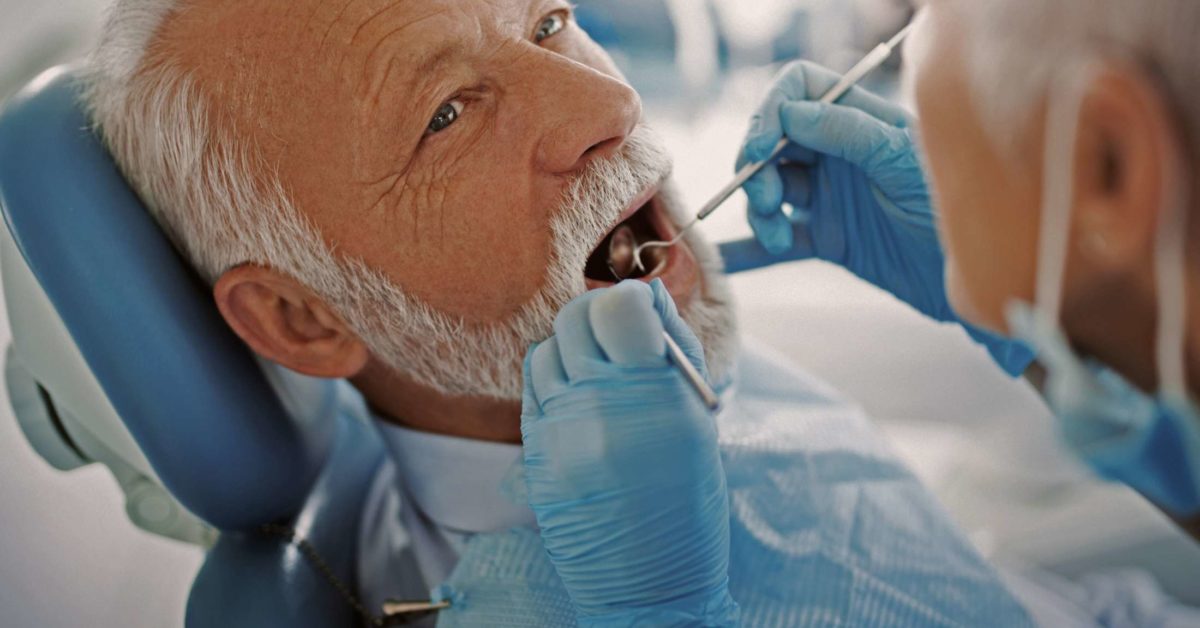How To Detect Oral Cancer Early

An oral cancer examination can detect early signs of cancer.
How to detect oral cancer early. Early detection of oral cancer obligations and opportunities how common is oral cancer. Mouth cancers are closely linked to tobacco use including cigarettes cigars pipes chewing tobacco and snuff among others. Of course if you detect anything suspicious like an abnormal lump or sore that bleeds easily be sure to call and make a prompt appointment with an ent doctor. The goal of oral cancer screening is to detect mouth cancer or precancerous lesions that may lead to mouth cancer at an early stage when cancer or lesions are easiest to remove and most likely to be cured.
The clinician should visually inspect and palpate the head neck oral and pharyngeal regions. Some 50 000 people in the u s. In the late stages oral cancer can be life threatening which is why early diagnosis is so important. Many dentists will perform the test during your regular dental check up.
Explore mayo clinic studies testing new treatments interventions and tests as a means to prevent detect treat or manage this disease. Because early detection is the key to early stage diagnosis. They estimate that it will cause over close to 10 000 deaths. During the exam your dentist or dental hygienist will check your face neck lips.
The exam is painless and takes only a few minutes. Currently only half of all patients diagnosed with oral cancer survive more than five years. Oral cancer happens when cells in your mouth throat lips or tongue change and grow out of control. State of the science screening and early detection screening for oral cancer should include a thorough history and physical examination.
It is now easier than ever to detect oral cancer early when the opportunity for a cure is great. This procedure involves digital palpation of neck node regions bimanual palpation of the floor of mouth and tongue and inspection with palpation. Lifestyle and home remedies quit using tobacco. Oral cancer includes cancers of the lip tongue and rest of the oral cavity but not cancers of the major salivary glands.
Oral cancer often starts as a tiny unnoticed white or red spot or sore anywhere in the mouth. The point of self exams is to detect oral cancer early before it spreads and becomes more difficult to treat and cure. Those of the tonsil and oropharynx are included as oropharyngeal cancers. Here are the steps you can take to perform a self exam.
By this definition there are currently.

